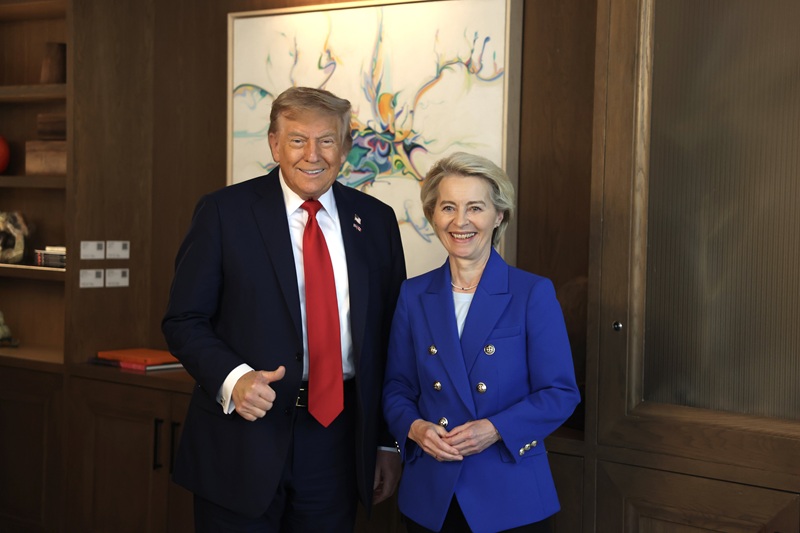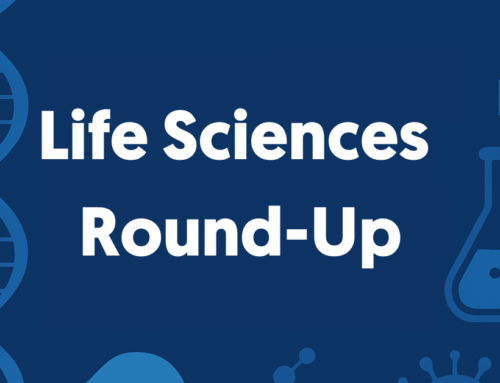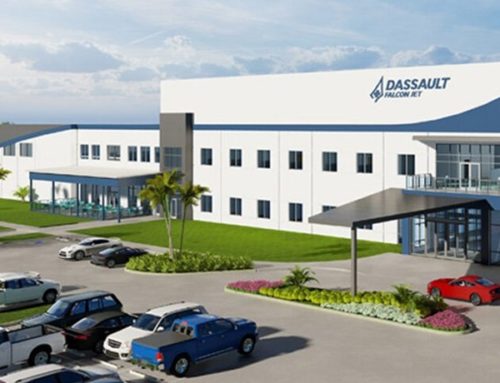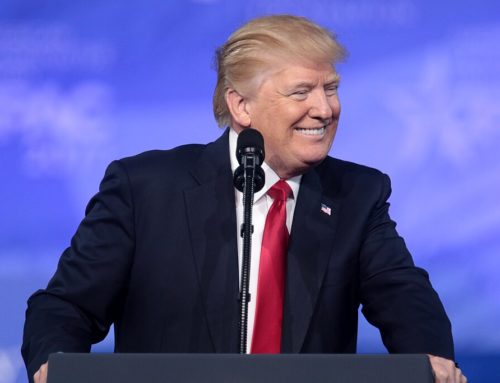1. EU and US agree trade deal
In a landmark agreement reached on Sunday, the United States and the European Union have finalised a trade framework that imposes a 15% tariff on most European exports to America, averting a potentially destabilising trade war between two of the world’s largest economies.
The deal was brokered during a high-stakes meeting between U.S. President Donald Trump and European Commission President Ursula von der Leyen at Trump’s Turnberry golf resort in Scotland. The agreement comes just days before the U.S. was set to implement a much steeper 30% tariff on EU goods.
Key Terms of the Agreement
- 15% Tariff: Applies broadly across European exports, including automobiles and consumer goods. However, steel and aluminum will remain subject to a higher 50% tariff.
- EU Investments: The deal includes commitments for over $600 billion in EU investments in the U.S., spanning energy, infrastructure, and defense sectors.
- Energy and Military Purchases: Europe has agreed to significantly increase its purchases of American liquefied natural gas and military equipment.
Strategic Implications
While the 15% tariff is seen as a compromise—falling short of the EU’s initial push for a zero-tariff arrangement—it is widely viewed as a stabilising move. “This is the biggest deal ever made,” Trump declared, emphasising the importance of predictability and balance in transatlantic trade.
Von der Leyen echoed the sentiment, stating, “We have a trade deal between the two largest economies in the world, and it’s a big deal. It will bring stability. It will bring predictability.”
Industry Reactions
European manufacturers, particularly in the automotive sector, have expressed concern over the long-term impact of the tariffs. However, many acknowledge that the deal is preferable to the looming threat of a 30% rate, which could have severely disrupted supply chains and consumer prices.
Looking Ahead
The agreement mirrors elements of recent U.S. trade deals with Japan and the UK, signaling a broader shift in American trade policy under Trump’s administration. While the EU–US deal may not be the zero-for-zero outcome some had hoped for, it marks a significant step toward recalibrating global trade relations.
2. AstraZeneca commits $50bn US investment
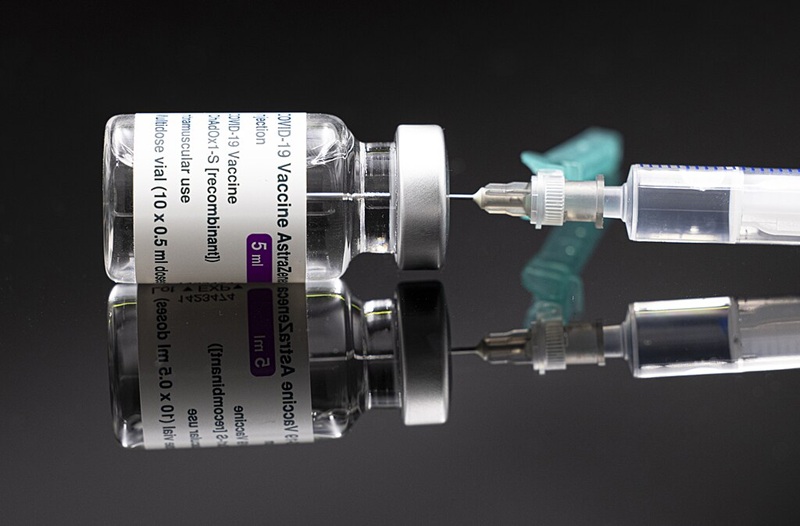
Foto: Arne Müseler
www.arne-mueseler.com
hallo@arne-mueseler.com
July 28, 2025 – London, UK — Global biopharmaceutical giant AstraZeneca has announced a landmark $50 billion investment in the United States by 2030, marking one of the largest commitments to American pharmaceutical manufacturing and research in recent history. The move is set to significantly expand the company’s footprint in the US, with a focus on next-generation medicines and reshoring critical drug production.
The centrepiece of this investment is a new multi-billion-dollar drug substance manufacturing facility in the Commonwealth of Virginia, which will be AstraZeneca’s largest single manufacturing investment to date. The facility will focus on producing treatments for chronic diseases, including oral GLP-1s, baxdrostat, oral PCSK9 inhibitors, and other combination small molecule therapies. It will also manufacture small molecules, peptides, and oligonucleotides, leveraging cutting-edge technologies such as AI, automation, and data analytics to optimise production.
This initiative is part of AstraZeneca’s broader ambition to reach $80 billion in total revenue by 2030, with 50% of that revenue expected to be generated in the US. Currently, the US accounts for 42% of the company’s revenue.
In addition to the Virginia facility, the investment will support:
- Expansion of R&D operations in Gaithersburg, Maryland
- A new state-of-the-art R&D centre in Kendall Square, Cambridge, Massachusetts
- Advanced manufacturing sites for cell therapy in Rockville, Maryland and Tarzana, California
- Continuous manufacturing upgrades in Mount Vernon, Indiana
- Specialty manufacturing expansion in Coppell, Texas
- New facilities to support clinical trial supply chains
AstraZeneca CEO Pascal Soriot emphasised the strategic importance of this investment, noting that oral GLP-1 therapies are expected to be more accessible and cost-effective for patients globally. “We have bet on oral GLP-1 pills because we think they are going to be easier for patients, cheaper, and more exportable,” Soriot said.
The announcement comes amid a broader industry trend of reshoring pharmaceutical production to the US, driven in part by the Biden-Trump administration’s push for domestic manufacturing and looming tariffs on imported drug components. AstraZeneca’s move aligns with similar commitments from peers like Johnson & Johnson ($55 billion) and Eli Lilly ($50 billion).
US Secretary of Commerce Howard Lutnick praised the decision, calling it a “historic investment” that will create tens of thousands of high-skilled jobs and reduce America’s reliance on foreign pharmaceutical supply chains.
Virginia Governor Glenn Youngkin also welcomed the investment, highlighting the state’s growing role as a hub for biotech innovation.
3. Apply Now: USDA Agribusiness Mission to Mexico

Washington, D.C., July 2025 — The U.S. Department of Agriculture (USDA) is now accepting applications for its upcoming Agribusiness Trade Mission to Mexico City, scheduled for November 3–6, 2025. Organised by the USDA’s Foreign Agricultural Service, this mission aims to strengthen trade ties and expand market opportunities for American agricultural producers and exporters.
Application Deadline: July 31, 2025
U.S. agribusinesses interested in exploring Mexico’s dynamic and growing agricultural market must submit their applications by Thursday, July 31, 2025. The mission will offer participants a unique opportunity to engage directly with Mexican buyers, distributors, and government officials through business-to-business meetings, market briefings, site visits, and networking events led by FAS staff and regional experts.
Why Mexico?
Mexico remains a vital trading partner for the United States. In 2024, it was the largest export market for U.S. agricultural products, with sales exceeding $30 billion, supporting approximately 190,000 U.S. jobs. Under the United States-Mexico-Canada Agreement, agricultural trade between the two countries reached nearly $79 billion in 2024, reflecting a decade of consistent growth.
Key Export Opportunities
The USDA anticipates strong demand in Mexico for a wide range of U.S. agricultural products, including:
– Beef, poultry, and related products
– Dairy and seafood
– Tree nuts and pet food
– Baking and food processing ingredients
– Animal feed, rice, pulses, seed potatoes, and livestock genetics
Rising disposable income among Mexico’s upper middle class, familiarity with U.S. food trends, and a preference for high-quality goods continue to drive demand for American products.
A Strategic Gateway
“Strengthening export opportunities for American farmers, ranchers, and agribusinesses is a top priority of USDA,” said Michelle Bekkering, Deputy Under Secretary for Trade and Foreign Agricultural Affairs. “This trade mission will connect U.S. producers with key buyers in Mexico, expanding economic opportunities, supporting rural prosperity, and keeping American agricultural products globally competitive.”
How to Apply
Interested companies can find more information and submit their applications through the USDA FAS Trade Mission webpage.
4. Virginian tech firm opens London office

Sandline Global, a premier provider of legal technology based in Virginia, USA, has announced the opening of its new office in London, marking a significant milestone in the company’s international growth strategy.
The decision to establish a permanent presence in the UK capital was driven by a surge in demand for Sandline’s services across the region. With an increasing number of cross-border legal matters and heightened interest in its digital forensics, managed review, and eDiscovery capabilities, the London office will serve as a strategic hub for the UK and the broader EMEA market.
Jon Canty, CEO of Sandline Global, commented on the expansion:
“Our expansion into London reflects both the strength of our partnerships in the UK and our long-term vision for international growth,” said Canty. “We’re investing in people, technology, and infrastructure to ensure our clients have access to world-class support—wherever their matters take them.”
The new office is already operational and supporting active client projects across various industries. It will function as a regional center for project management, digital forensics, and advisory services, enabling Sandline to deliver more localised and responsive support to clients with complex legal and regulatory needs.
This expansion follows a series of recent innovations by Sandline, including the development of proprietary data solutions, cloud-based discovery platforms, and generative AI-assisted workflows. These advancements further solidify the company’s position as a trusted global partner in the legal technology space.
With a growing global network of offices and data centers spanning the United States, Europe, the Middle East, and Asia Pacific, Sandline continues to deliver agile, innovative, and reliable solutions to legal teams worldwide.
5. OpenAI expands in UK

OpenAI, the US-based artificial intelligence powerhouse behind ChatGPT, has announced a major expansion of its UK operations, reinforcing its commitment to supporting the country’s AI infrastructure and public service transformation.
In a strategic partnership signed with the UK government, OpenAI pledged to invest in critical infrastructure such as data centres and to collaborate on deploying AI across public services including justice, education, and national security. The agreement, signed by OpenAI CEO Sam Altman and UK Technology Secretary Peter Kyle, is part of the UK’s broader AI Opportunities Action Plan, which aims to rapidly scale computing capacity and foster regional innovation.
“AI is a core technology for nation building that will transform economies and deliver growth,” said Altman. “Britain has a strong legacy of scientific leadership and its government was one of the first to recognise the potential of AI. Now, it’s time to deliver on the plan’s goals by turning ambition to action and delivering prosperity for all.”
As part of the initiative, OpenAI will expand its London office—its first international location established two years ago—by growing its research and engineering teams. This move is expected to create high-skilled jobs and deepen the UK’s role in shaping frontier AI technologies.
The partnership also opens the door for OpenAI to support the development of AI Growth Zones—regions earmarked for fast-tracked infrastructure development. These zones are designed to attract billions in investment and become hubs for innovation and economic revitalisation.
Peter Kyle emphasised the strategic importance of the collaboration: “We need to make sure Britain is front and centre when it comes to developing and deploying AI. This partnership will see more of OpenAI’s work taking place in the UK, creating high-paid tech jobs, driving investment in infrastructure, and crucially giving our country agency over how this world-changing technology moves forward.”
This announcement follows a series of similar partnerships between the UK government and major tech firms, including Google Cloud, aimed at modernising public services and upskilling civil servants.
With OpenAI’s deepening presence, the UK is poised to become a global leader in AI development, balancing innovation with democratic values and sovereign capability.

